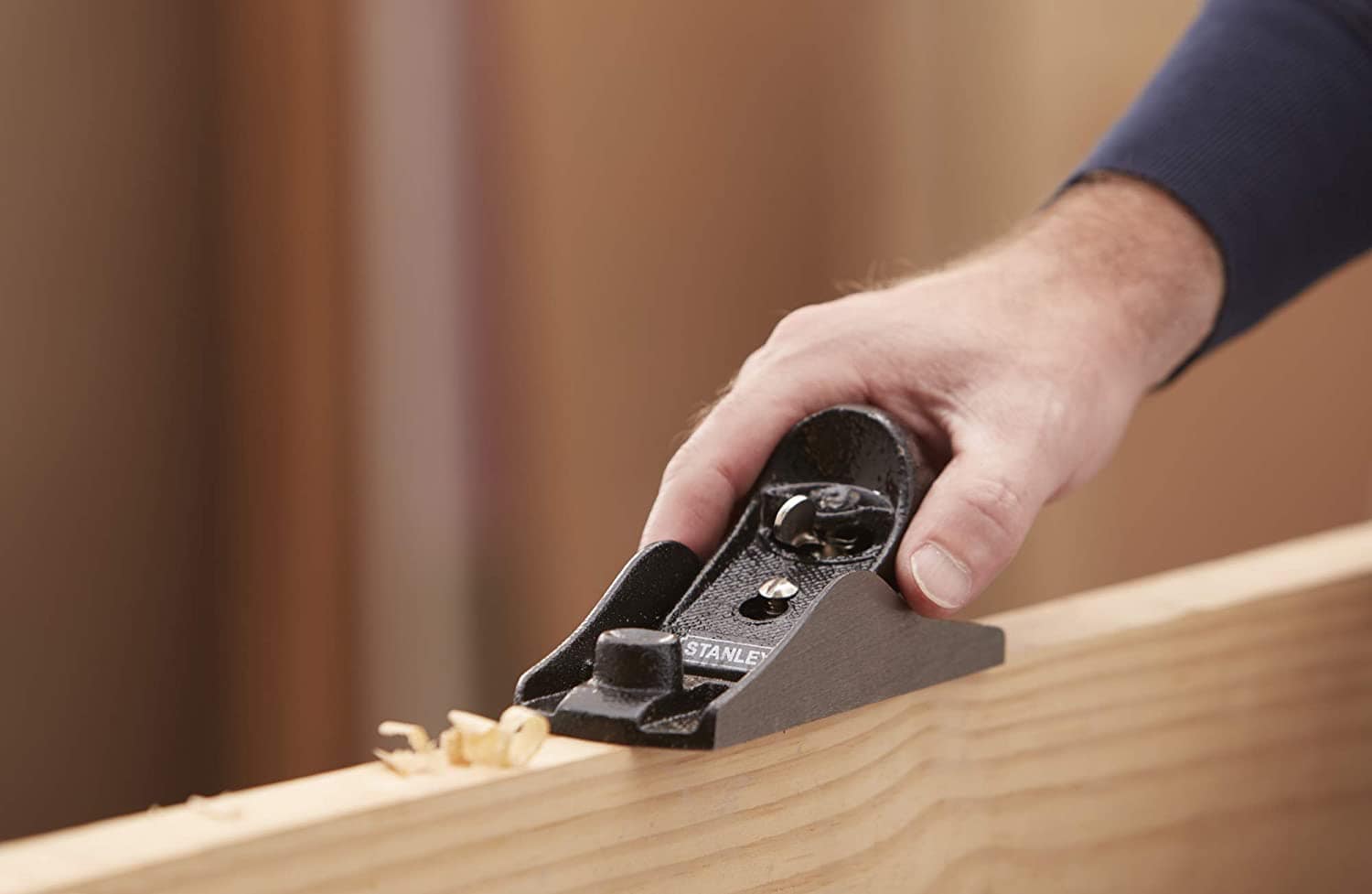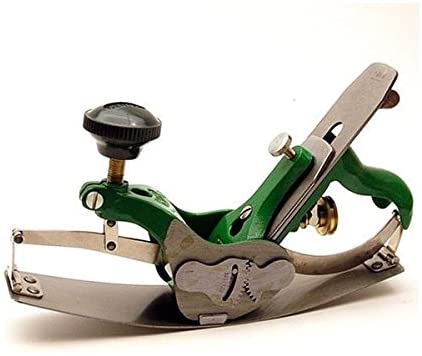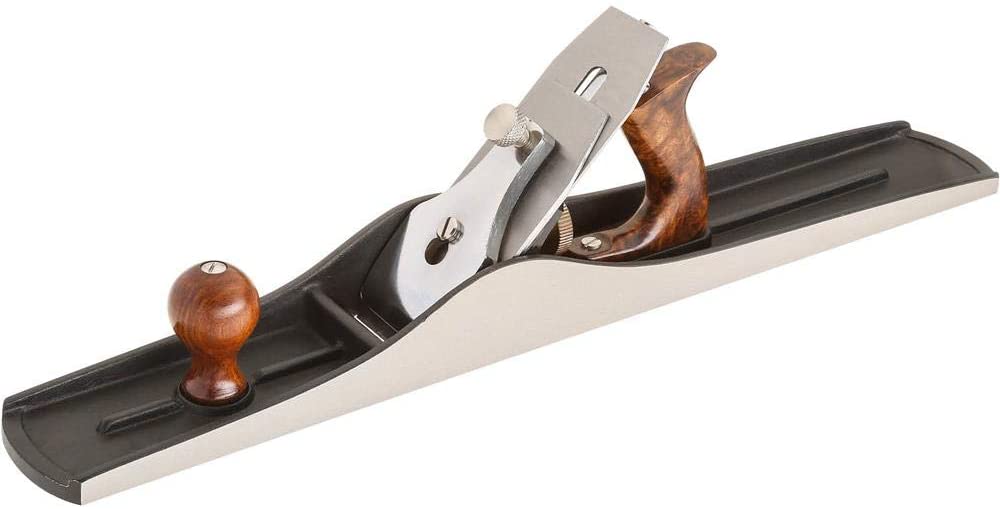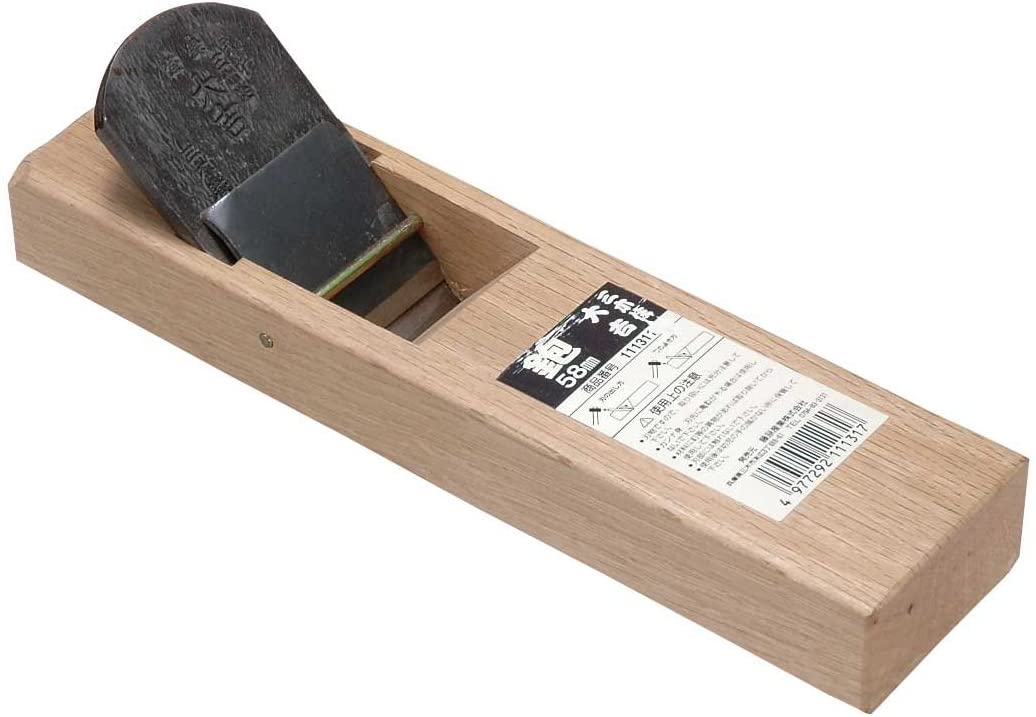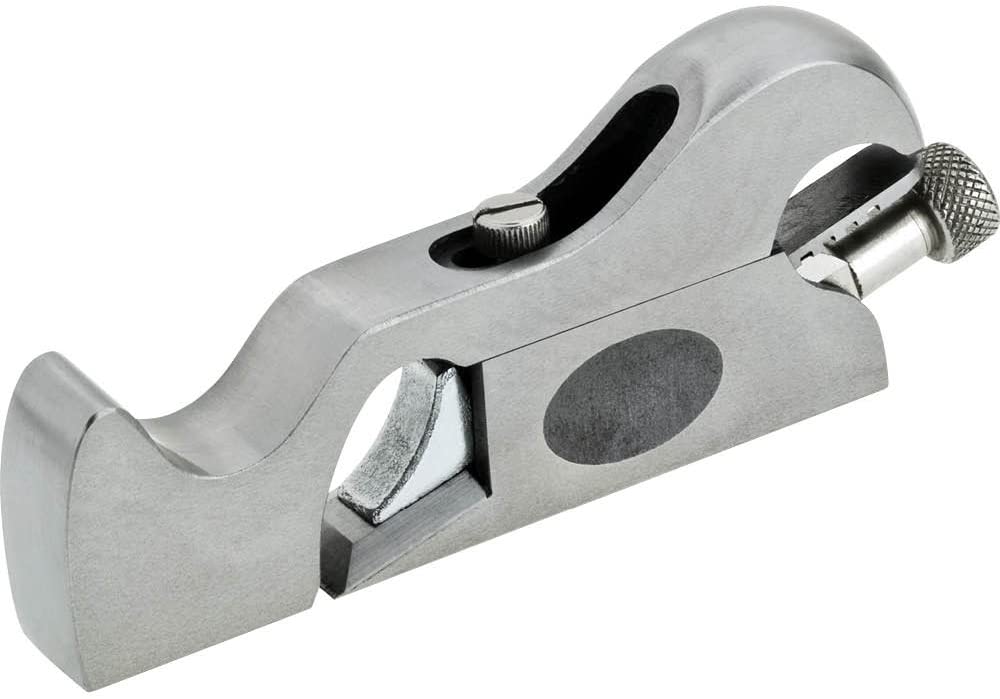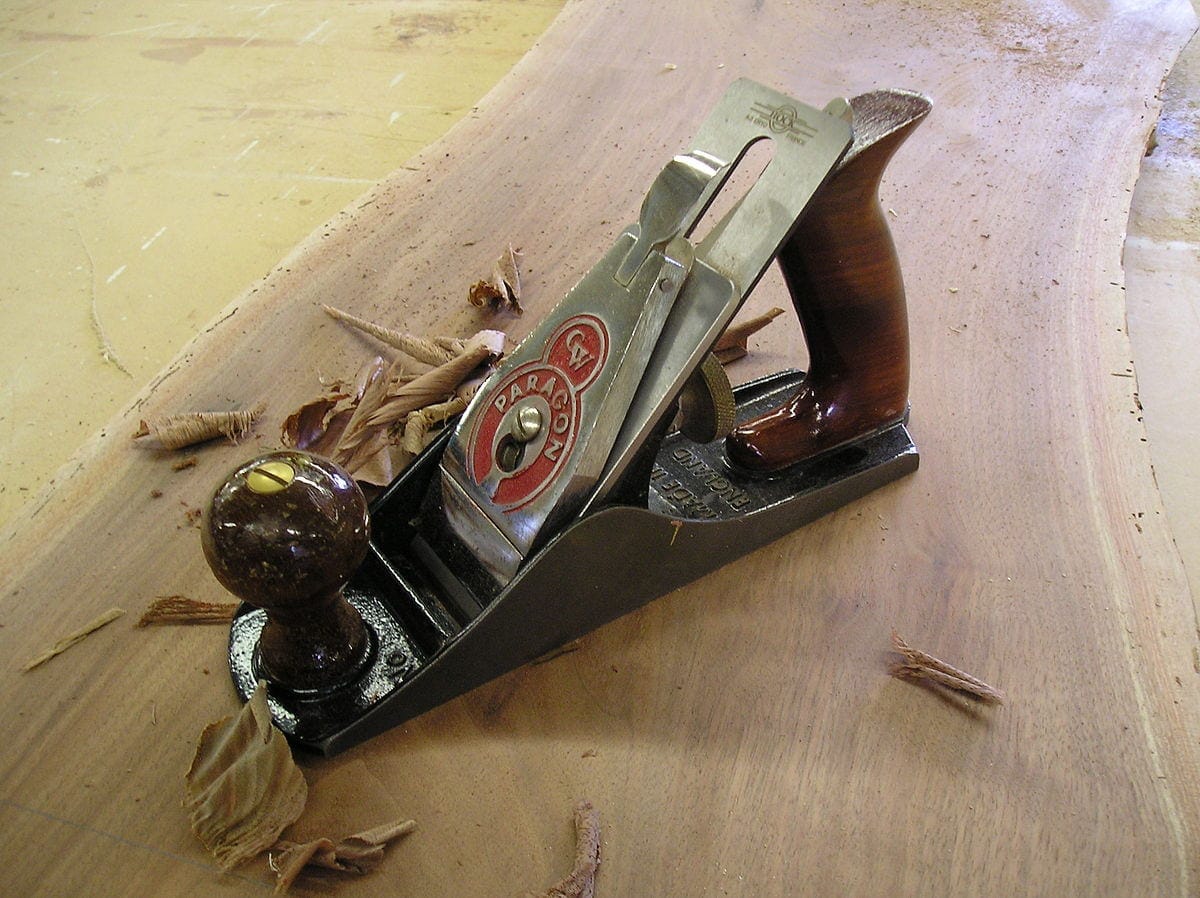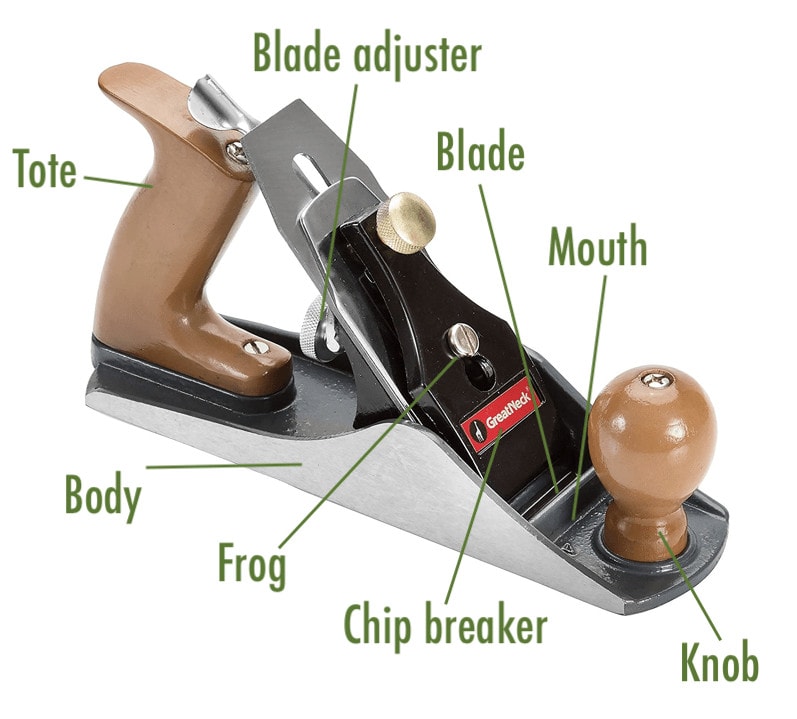19 Different Types of Hand Planes & Their Uses (With Pictures)
-

- Last updated:


Most woodworkers are aware of the planer, but not many are familiar with all the different types of hand planes. We’ve been able to list 19 different hand planes that you can use to complete specific tasks. In many cases, these specialized planes will perform better than a general-purpose model.
We’ll go over each kind and tell you what they do, and we’ll also help you get the best general-purpose plane for your workshop.

The 19 Different Types of Hand Planes & Their Uses
1. Bench Plane
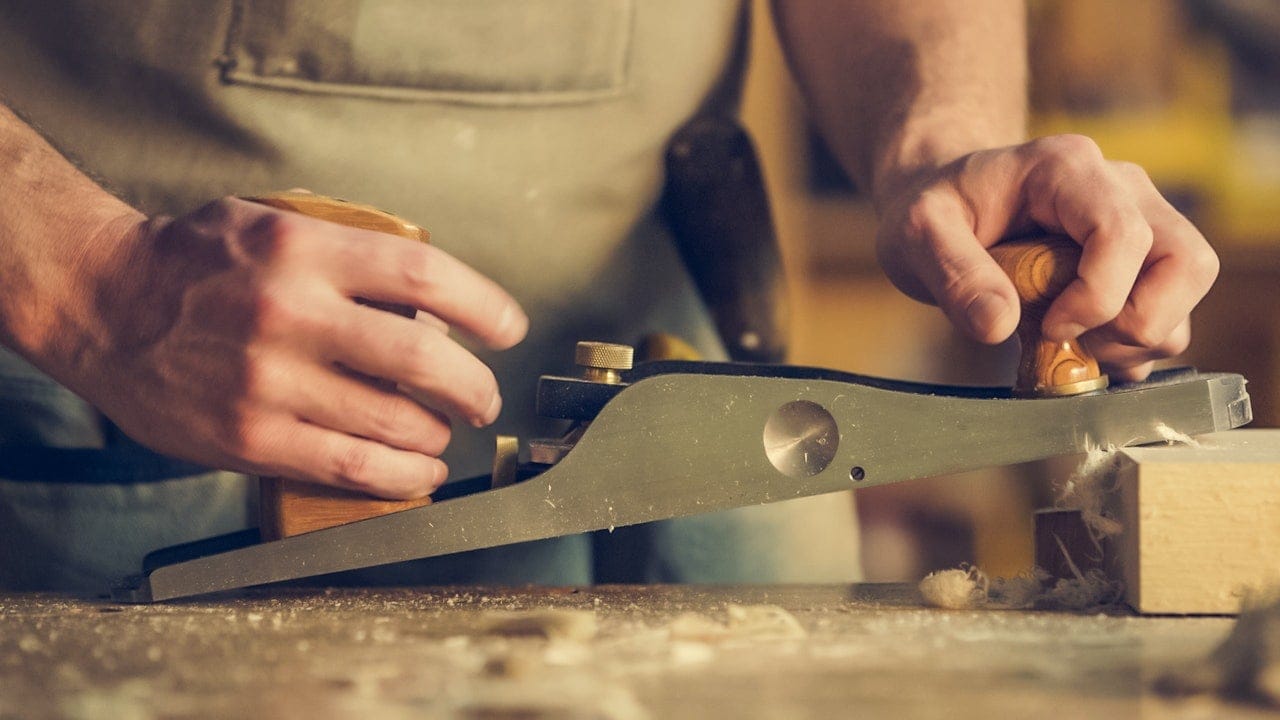
Bench planes are the workhorse of hand planes. But unlike most of the other planes on this list, it is not a single tool, but more of a category in which several hand planes get lumped. This misnaming causes plenty of confusion, especially among new woodworkers who don’t understand that an experienced woodworker may call a fore plane, jointer plane, or smoother plane a bench plane. Many people also call a bench mounted electric plane a bench plane as well.
2. Block Planes
A block plane is the first type of hand plane that many people get because of its low cost, small size, and versatility. These tools remove end grain, which occurs when you cut boards with a saw, and they can also help shape and smooth the wood. Block planes usually have either a 20-degree blade or a 12-degree blade, and you can generally use them with one hand.
3. Bull Nose Planes
Bull nose planes are small and usually measure between three and four and a half inches long. It has a thin body with a slightly wider blade. Use this tool to finish rabbets and can be helpful for detailed work. The low-angle blade is extremely sharp to cut across the grain.
4. Chisel Plane
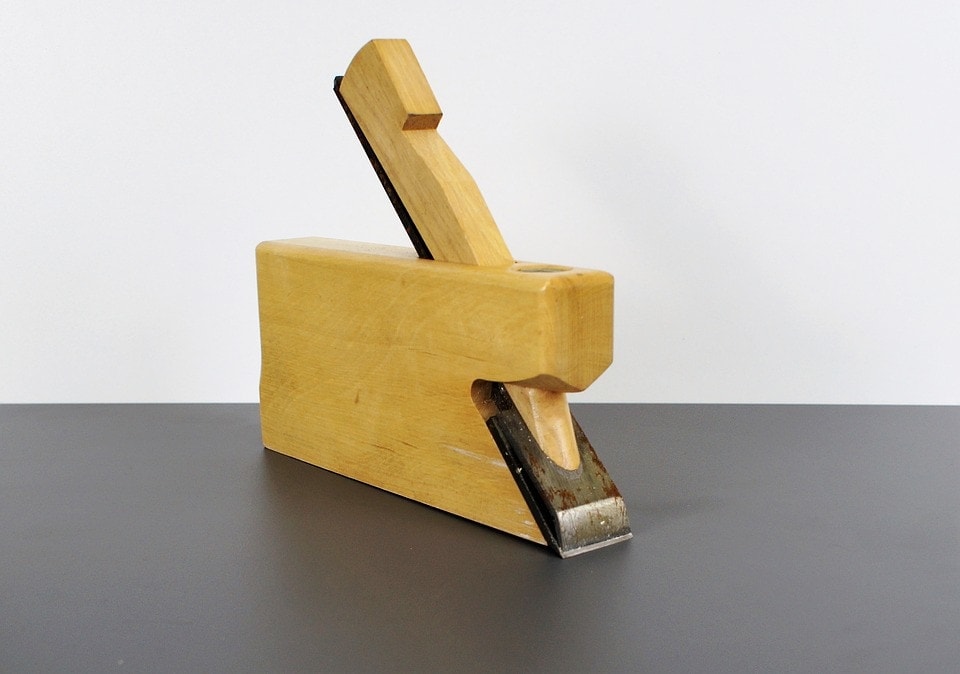
Chisel planes lack a front guard, which allows them to reach areas other planes can’t. These planes are quite easy to use and simple in design.
5. Combination Plane
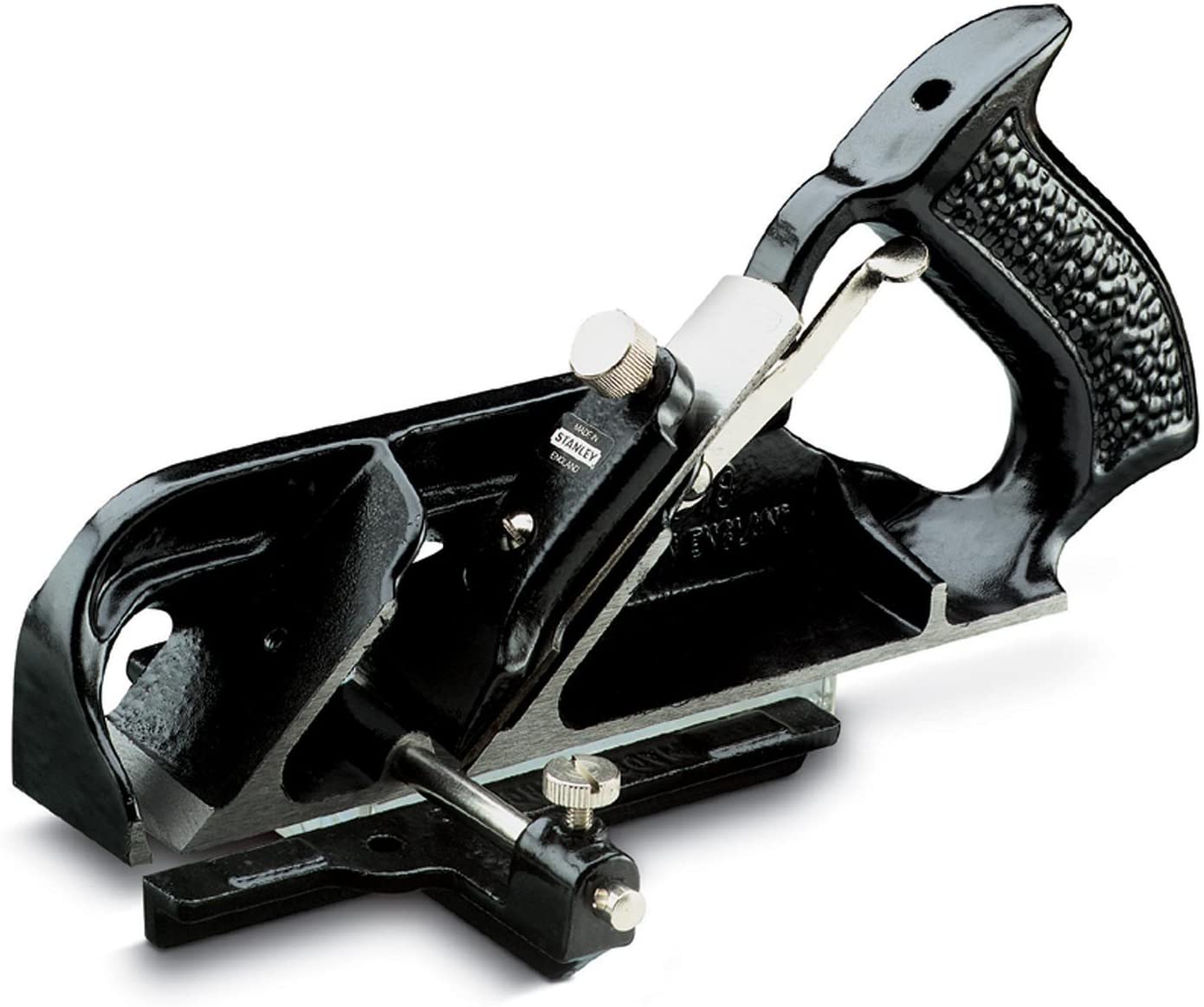
6. Compass Plane
The compass plane (also known as a circular plane) has an adjustable curved sole, which allows you to use the plane on a curved surface. These planes work where other planes fail, but they take some practice to operate correctly.
7. Finger Plane
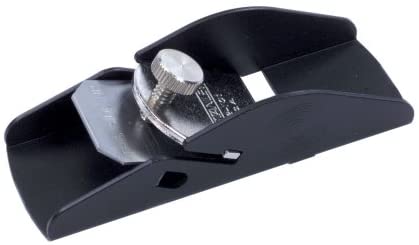
8. Fore Planes
Fore planes are larger and can be 14 to 20 inches long. You use these planes to smooth rough board. It quickly removes wood to prepare it for finer tools. You can also use it to smooth some boards slightly.
9. Jack Planes

Jack planes are another larger plane that can be 12 to 17 inches long. Many woodworkers consider the Jack plane the Jack-of-all-trades when it comes to wood planes. This tool is for removing warps and truing longboards. It’s a good choice if you can only buy one.
10. Jointer Planes
Jointer planes are the longest planes. This tool can be between 22 and 30 inches long, and because they are so long, you can use them to straighten curved boards.
11. Kanna Japanese Planes
The Kanna is one of the most popular planes in Japan, and many woodworkers consider it one of the best hand planers you can purchase. This tool is a little harder to set up than many others, but its wooden body is more responsive than metal. It’s also unique because it cuts on the pull stroke instead of the push like most planes giving superior control.
12. Leveling Plane
The leveling plane is the second most common planer in most workshops and nearly identical to the jointer plane. This plane is slightly wider than others, allowing it to cover more area with each pass. The wide surface also allows for a straighter cut. Other planes considered leveling planes are the fore plane and the jointer plane. Pictured above is a vintage leveling planer.
13. Molding Plane
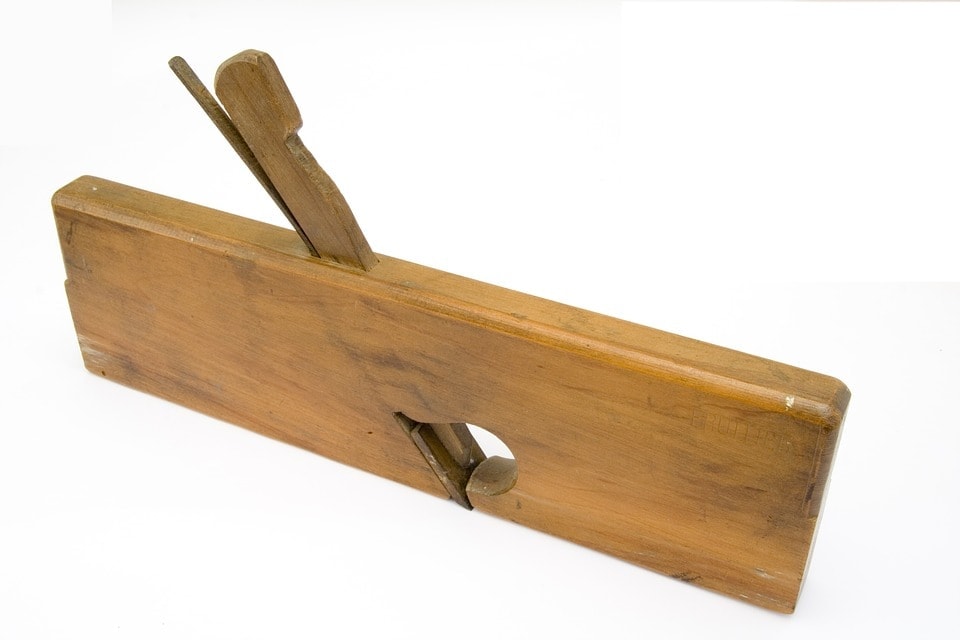
The molding plane, as the name suggests, is for working on molding and trim. These planes are extremely durable and often made of wood. Molding planes are also essential furniture crafting tools because of the fine detail work you can do with them.
14. Plough Planes
Plough planes have a fence and depth gauge, which allow you to cut grooves into your wood as well as rabbets along the edge. The plough plane is the tool you need for tongue and groove projects.
15. Rabbet Planes
The rabbet plane is specifically for cutting rabbet grooves along the edges of boards. These planes are usually around 10 inches long, and the blade is slightly wider than the tool to allow for a square cut.
16. Router Planes
The router plane can get into corners and flatten the bottoms of divots. Modern hand tools are quickly making this plane obsolete, but you can still find them in many workshops.
17. Scrub Planes

The scrub plane is for removing material quickly. It features a large handle and a sharp blade to prepare large boards for other types of hand planes.
18. Shoulder Planes
Shoulder planes are like bullnose planes but are larger and can reach up to eight inches long. They have a similar use as well, but the larger size helps keep them flat.
19. Smoothing Planes
Smoothing planes are often the last tool used before applying a finish. They are usually five to 10 inches long and provide you with a smooth, flat surface.
Parts of a Hand Plane
Let’s look at the parts that make up the hand plane.
- Body – Your hand plane’s body usually has a metal body, but plenty of popular models use a wooden body.
- Blade – The blade handles the cutting. It’s rectangular with a sharpened tip and usually angled at 45 degrees. Low-angle planes can reduce the angle as low as 37 degrees for a sharper cut.
- Frog – The frog is where the blade sits. You will also find the controls to adjust the blade on the frog.
- Mouth – The mouth is on the bottom of the plane and allows the blade to connect with the surface.
- Chip Breaker – The chip breaker isn’t present on all models, but when it is, it helps break up the chips as the blade creates them.
- Knob – If equipped with one, the knob is the official name for the front handle positioned in front of the blade.
- Tote – The tote is what we call the rear handle of a hand plane. It’s present all but the Kanna and finger planes.
Conclusion
We hope you have enjoyed our look at the many different hand planes and how they work. If you are looking to purchase one for your workshop, we recommend a jack plane followed by a leveling plane. If you have found this guide helpful and found a few types you haven’t heard of before, please share these different types of hand planes on Facebook and Twitter.
See Also:
- 15 Different Types of Planers & Their Uses (with Pictures)
- Hand Planer vs Bench Planer: Which is Best for Your Needs?
Featured Image Credit: Pixabay
Contents
